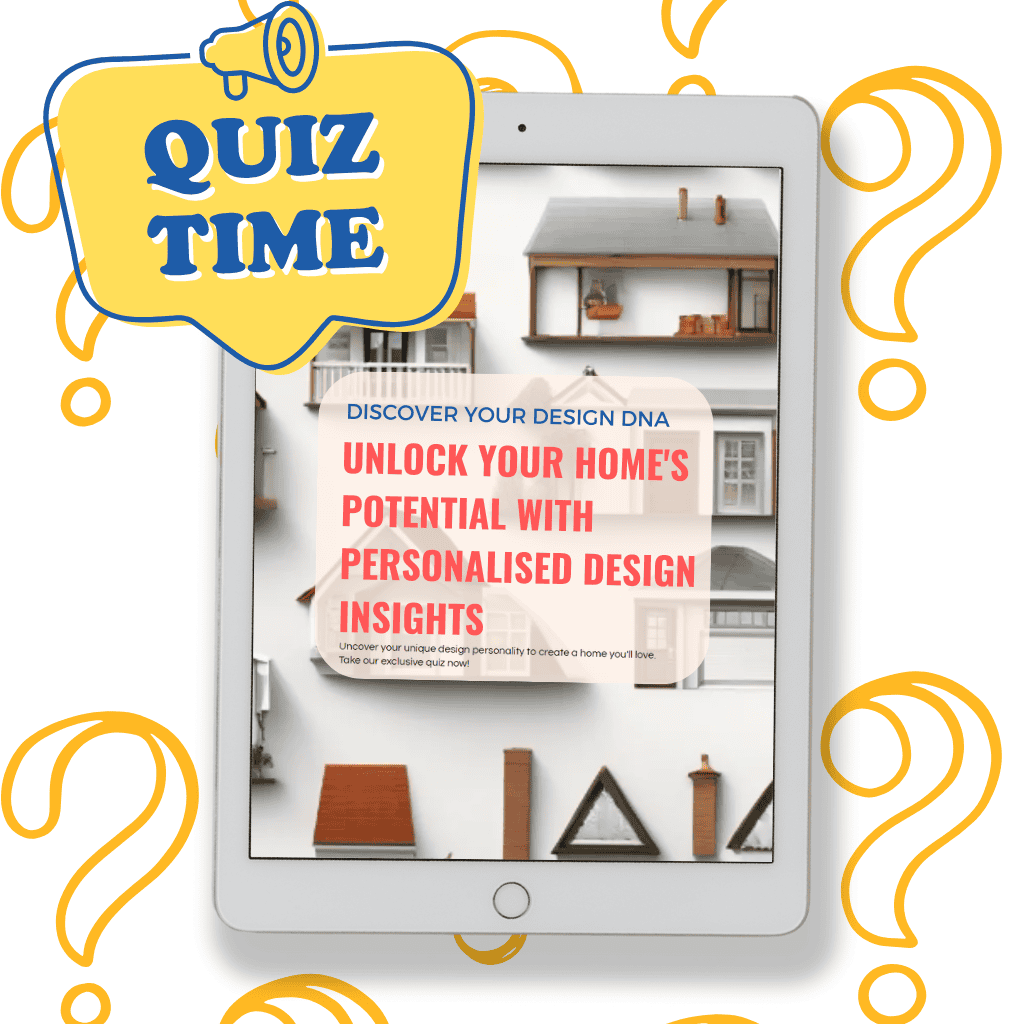Kristina
Understanding The Heart Of Home Design: A Journey Into Your Unique Style 

What Gives A Homemaker Meaning In Their Home?
In the dynamic world of interior design, where spaces are curated to reflect the unique identities of their inhabitants, the philosophical standpoint takes centre stage.
Grounded in Heideggerian phenomenology, this perspective delves into the very essence of what it means to be and how individuals make sense of the world that surrounds them.
The Person as ‘Having a World': Crafting a Narrative through Design
Heidegger's concept of the person ‘having a world' they exist within extends beyond mere physical spaces.
The term “world” encompasses language, social dynamics, cultural influences, and historical practices that shape an individual's existence.
For interior designers, understanding the intricate relationship between the person and their world is pivotal to interpreting their design preferences.
The Person as a Being for Whom Things Have Significance: Embracing Emotional Connections
In the realm of interior design, every element within a space holds significance and value for the person inhabiting it.
People attach emotions and feelings to their surroundings, influenced by socio-cultural and historical factors.
Recognising the profound link between the value of design elements and the context of a person's lived experience is crucial for designers seeking to create meaningful spaces.
The Person as Self-Interpreting: Unveiling Individual Perspectives
Heidegger believed that individual interpretations stem from the socio-cultural and historical backdrop of one's world.
In interior design, this principle emphasises that people bring their unique interpretations to the ‘design table'.
Recognising and respecting these interpretations becomes the foundation for creating spaces that truly resonate with the individual's personality.
Interpretive Inquiries in Interior Design
Conducting interpretive inquiries in interior design involves navigating three key aspects: forestructure, the hermeneutic circle of understanding, and modes of involvement.
1. Forestructure: Illuminating Background Understanding
Forestructure, the background knowledge, and the expectations individuals bring to their interpretation of a particular space in their home play a pivotal role.
Designers and clients alike possess their own forestructure, influencing how they perceive and interpret design choices. Acknowledging and discussing this forestructure before the design process enhances transparency and trust.
2. Hermeneutic Circle of Understanding: Inseparable Bonds between Design and Experience
At the heart of interpretive inquiry lies the hermeneutic circle of understanding. This process acknowledges that our interpretations of design choices are deeply rooted in our background understandings and shared human experiences.
For designers, this implies a continuous dialogue between the client's experiences, values, and the envisioned design.
3. Modes of Involvement: Crafting Seamless Experiences
Heidegger's distinction between ready-to-hand and unready-to-hand modes of involvement aligns with the everyday challenges and successes in interior design.
Crafting spaces that seamlessly blend into individuals' lives, where design elements are “ready-to-hand,” reflects a deep understanding of their needs and preferences.
Key Assumptions for Interior Designers: Bridging the Gap between Humans and Design
Heidegger's interpretive phenomenological approach offers key assumptions that resonate with the world of interior design:
Social, Interactive Beings:
Recognising that humans are inherently social beings, interior designers engage in a conversational relationship with clients.
Understanding in Background Practices:
Interior design is rooted in the background practices of language, culture, skills, and shared meanings. It is an exploration of the intersubjective and common meanings that shape spaces.
Hermeneutic Circle of Understanding:
Interior designers exist within a hermeneutic circle, where their understanding is shaped by their pre-existing knowledge and experiences, shapes interpretation, and vice versa. This circular process guides the design journey.
Shared Understanding in Interpretation:
Successful interpretation in interior design presupposes a shared understanding. Bridging the gap between designer and client involves acknowledging and aligning with this shared understanding.
Interactive Relationship in Interpretation:
The interpretation of design choices is not a one-sided process. It involves a constant dialogue between the interpreter (designer) and the interpreted (client), fostering a collaborative and enriching design experience.
In Conclusion: Making This Easier For Designers and Homemaker
In conclusion, embracing the philosophical standpoint in interior design is not just a theoretical concept; it's a practical approach to crafting spaces that deeply resonate with the individuals who inhabit them.
Designers who understand the nuances of their clients' worlds, interpret their unique perspectives, and navigate their preconceived ideas and biases of understanding are better equipped to create transformative and meaningful interior experiences.
However, for design professionals seeking a streamlined approach, there's a valuable solution. Consider leveraging the expertise of Kristina, the creator of the Your Unique Home Design Personality course.
This transformative course empowers homeowners to uncover their design personalities and articulate their preferences concisely. By encouraging your clients to embark on this insightful journey, you can save time and resources while ensuring a design that perfectly aligns with their unique tastes.
Contact Kristina at Creating Design Clarity or explore more about the course's benefits for design professionals here.
Elevate your design projects by integrating a personalised touch that resonates with your client's individuality. 🌟✨
—————
Research
[1] Creature comforts – an exploration of comfort in the home – PhD study









